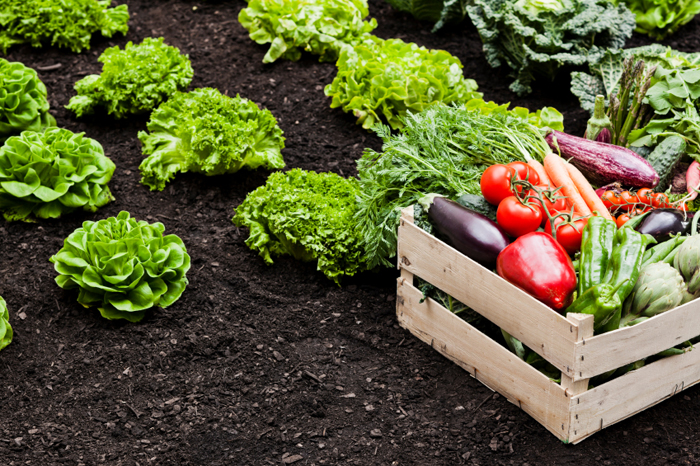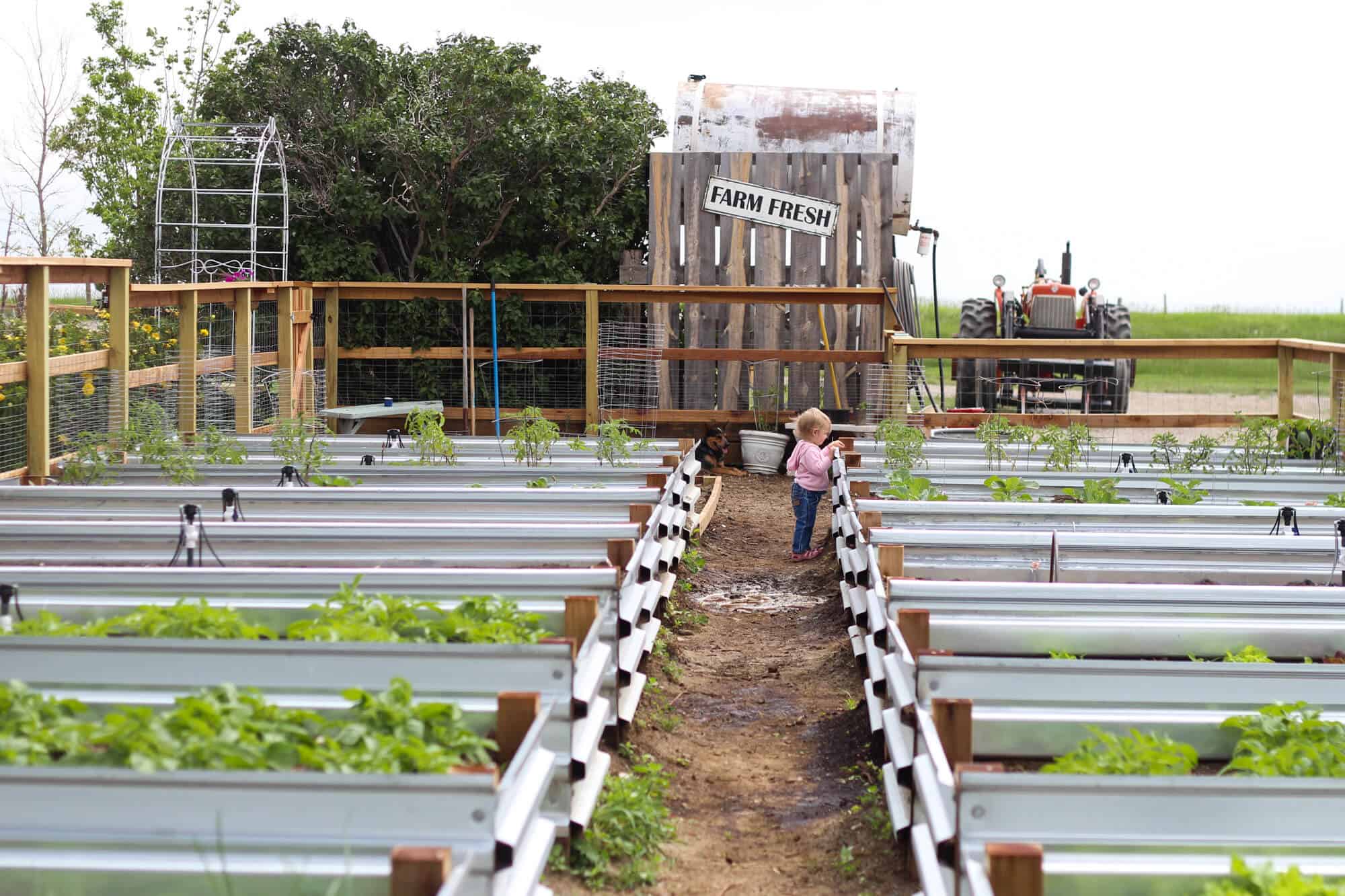How to Optimize Growth with Homestead Gardening
How to Optimize Growth with Homestead Gardening
Blog Article
Discover the Secrets to Developing a Stunning and Efficient Horticulture Space
Developing a efficient and gorgeous gardening room is not just an issue of growing veggies and blossoms; it needs a critical technique that includes different essential components. From selecting the right location based on sunlight and dirt type to attentively developing your design and choosing suitable plants, each choice plays an essential duty in the success of your yard. Additionally, ongoing upkeep is important to sustain its charm and efficiency. As you consider these aspects, consider just how they link to open the complete capacity of your horticulture undertakings. What specific strategies can boost your area past the regular?
Choosing the Right Location
Selecting the ideal place for your garden is important to its success and overall aesthetic charm. The primary step in this process includes assessing sunlight exposure, as a lot of plants call for at least 6 hours of direct sunlight daily (Homestead Gardening). A south-facing garden usually obtains the most light, while shaded locations can restrain growth and blooming
In addition, think about soil top quality and drain. Well-draining dirt is important to avoid water logged roots, which can lead to plant diseases. Conducting a dirt examination can offer useful details concerning pH degrees and vitamins and mineral content, enabling you to change the soil accordingly.
Additionally, proximity to water resources is one more element to consider - Homestead Gardening. Having easy access to a pipe or irrigation system can simplify the watering process and urge regular plant treatment. Wind defense is also vital; placing your yard near frameworks, such as fencings or wall surfaces, can protect it from extreme winds that might damage fragile plants
Finally, consider access for upkeep and harvesting. A well-placed yard enables convenient gain access to, ensuring that you can conveniently have a tendency to your plants without causing unnecessary stress or disruption. Thoughtful location selection lays the structure for a growing garden.
Choosing Plants Carefully
When choosing plants for your yard, it's vital to consider aspects such as environment, dirt problems, and individual choices to ensure a harmonious and effective area. A comprehensive understanding of your neighborhood environment will certainly lead you in picking plants that grow in your details setting. For example, picking drought-resistant selections is beneficial in arid areas, while moisture-loving species might be better suited for locations with high rains.
Soil problems are similarly crucial; carrying out a dirt test can expose pH degrees and vitamins and mineral web content, allowing you to pick plants that will flourish. Native plants are typically an outstanding choice, as they are usually well-adapted to regional soil kinds and need much less maintenance.
Furthermore, consider your gardening goals. Are you going for an ornamental display screen, a veggie yard, or probably a mix of both? This will certainly influence your options considerably. Mirror on your personal preferences-- choosing plants that reverberate with your aesthetic tastes will boost your enjoyment and dedication to maintaining your yard. By thoroughly examining these elements, you can develop a varied and successful plant choice that elevates your horticulture experience.
Creating Your Yard Layout
With a thoughtfully picked plant choice in hand, the next action is to develop a yard layout that makes the most of both appeal and performance. Begin by analyzing the readily available room, taking into consideration elements such as shade, wind, and sunshine patterns. A well-planned format needs to integrate numerous areas, consisting of areas for growing, pathways, and perhaps seating.
Beginning with larger plants or prime focus, such as trees or high perennials, placed strategically to create visual interest. Layer smaller sized plants ahead to boost depth and appearance. Consider the growth behaviors of your selected plants; taller selections ought to be placed at the back or center of beds, while much shorter ones can line the sides.
Including paths not just assists in access for upkeep however likewise welcomes exploration. Usage products that match the garden's general visual, whether rock, crushed rock, or timber chips.
In addition, think of seasonal modifications and exactly how your format will certainly look throughout the year. Integrating evergreens alongside seasonal blossoms can make certain year-round beauty. Inevitably, a properly designed yard design integrates the natural beauty of plants with sensible factors to consider, resulting in an area that is both welcoming and effective.
Enhancing Soil Health

To enhance dirt health and wellness, start by carrying out a dirt test to assess pH levels, nutrition content, and soil structure. Include organic issue such as garden compost, well-rotted manure, or read review fallen leave mold and mildew to enhance soil framework, water retention, and microbial task.
Mulching is another efficient strategy; it not just conserves dampness however also suppresses weeds and slowly enriches the soil as it damages down. Avoiding extreme husbandry is important, as it can interfere with dirt structure and harm valuable microorganisms. Rather, adopt no-till or marginal tillage techniques to maintain dirt honesty.

Preserving Your Yard Effectively
A properly maintained yard gives pride and performance, needing consistent interest to ensure that plants thrive and the landscape continues to be welcoming. Reliable garden upkeep entails several key practices that improve the health and wellness of your plants and the overall visual of your space.
Routine watering is crucial; however, it is vital to customize your watering timetable based upon the details demands of your plants and neighborhood environment problems. Mulching can help maintain moisture, reduce weeds, and regulate dirt temperature. Moreover, prompt weeding stops competitors for resources and nutrients, ensuring that your plants grow.
Trimming is one more essential job. It motivates healthy development, removes unhealthy or dead branches, and forms plants to maintain an navigate to this website attractive structure. Additionally, keeping an eye on for illness and bugs is crucial; early discovery and treatment can conserve your plants from significant damages.
Fertilization ought to be executed attentively, using natural choices whenever feasible to promote long-term dirt health. Seasonal jobs such as planting, dividing perennials, and preparing for winter months will guarantee your yard remains vibrant year-round. By following these methods vigilantly, you can grow a yard that is both efficient and attractive.
Final Thought
In final thought, the production of a beautiful and efficient horticulture room calls for mindful factor to consider of several crucial elements. Choosing an appropriate area with ample sunshine, selecting suitable plants, designing a visually pleasing layout, enhancing soil health, and ensuring routine upkeep are crucial elements. By integrating these methods, one can grow a prospering yard that not only boosts the landscape but additionally advertises environmental balance and sustainability. Such a method inevitably leads to a satisfying gardening experience.
From picking the right area based on sunlight and dirt type to thoughtfully developing your format and selecting appropriate plants, each choice plays an essential role in the success of your yard. Well-draining Resources dirt is essential to stop water logged origins, which can lead to plant diseases.When choosing plants for your yard, it's essential to take into consideration elements such as environment, soil conditions, and individual choices to ensure a unified and productive room. Eventually, a well-designed garden format integrates the all-natural beauty of plants with useful factors to consider, resulting in a room that is both inviting and effective.

Report this page